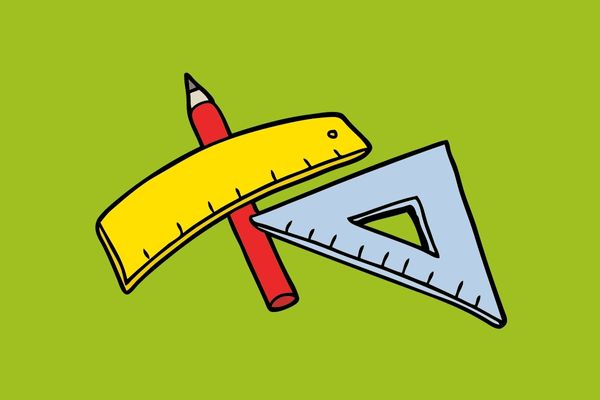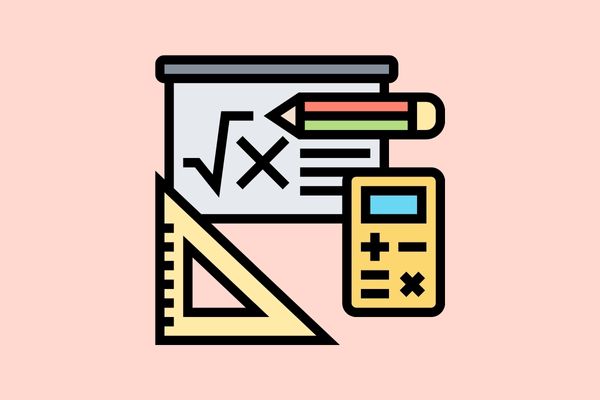Boats and Streams

The topic of Boats and Streams is an essential component of the Quantitative Aptitude section in the Common Law Admission Test (CLAT). This concept assesses your ability to solve problems related to the speed of boats in still water, the speed of the stream and the time taken to cover a certain distance. If you are a student preparing for the CLAT, understanding “Boats and Streams” is crucial for enhancing your mathematical and logical reasoning skills. In this article, we will delve into the core concepts of “Boats and Streams,” provide illustrative examples and offer strategies to solve these problems effectively.
Understanding Boats and Streams
“Boats and Streams” problems revolve around the interaction between the speed of a boat in still water and the speed of the stream or current. Here are the fundamental concepts you need to grasp:
1. Upstream Speed: This refers to the speed of the boat against the current. It is calculated by subtracting the speed of the stream from the boat’s speed in still water.
2. Downstream Speed: This refers to the speed of the boat with the current. It is calculated by adding the speed of the stream to the boat’s speed in still water.
3. Relative Speed: When the boat is moving against the stream, the relative speed is the difference between the boat’s speed in still water and the speed of the stream. When the boat is moving with the stream, the relative speed is the sum of the boat’s speed in still water and the speed of the stream.
Solving Boats and Streams Problems: Concepts and Examples
Example 1: Upstream and Downstream Speeds
Question: A boat can travel 15 km/h in still water. If the speed of the stream is 5 km/h, what is the boat’s upstream speed and downstream speed?
Solution:
1. Upstream Speed = Boat’s Speed – Stream’s Speed = 15 km/h – 5 km/h = 10 km/h
2. Downstream Speed = Boat’s Speed + Stream’s Speed = 15 km/h + 5 km/h = 20 km/h
Example 2: Finding Time Taken
Question: A boat can cover a certain distance downstream in 4 hours and cover the same distance upstream in 6 hours. Find the speed of the boat in still water and the speed of the stream.
Solution:
1. Let’s assume the boat’s speed in still water is “b” km/h and the speed of the stream is “s” km/h.
2. Downstream Speed = b + s
3. Upstream Speed = b – s
4. According to the given information, Distance = Speed × Time.
5. Downstream Distance = (b + s) × 4
6. Upstream Distance = (b – s) × 6
7. Since the distances are the same, we have the equation: (b + s) × 4 = (b – s) × 6
8. Solve for “s” and “b” using the above equation.
Strategies for Tackling Boats and Streams Problems
Tackling “Boats and Streams” problems requires a combination of logical reasoning and mathematical calculations. Here are some strategies to approach these problems effectively:
1. Define Variables: Assign variables for unknown quantities, such as the boat’s speed in still water and the speed of the stream.
2. Set Up Equations: Use the concepts of downstream and upstream speeds to set up equations that represent the relationships between distances, speeds and times.
3. Simplify Equations: Simplify and solve the equations to find the values of the unknown variables.
4. Use Ratios: Understand the ratio of downstream speed to upstream speed and the relationship between boat speed and stream speed.
5. Practice Regularly: Practice a variety of “Boats and Streams” problems to build your problem-solving skills and gain familiarity with different scenarios.
Conclusion
“Boats and Streams” problems might seem complex at first, but with a solid understanding of the fundamental concepts and regular practice, you can confidently tackle them. Remember to define variables, set up equations, simplify calculations, use ratios and practice consistently. As a student preparing for the CLAT, mastering “Boats and Streams” not only enhances your quantitative skills but also boosts your overall confidence in approaching competitive exams. So, embark on the journey of solving “Boats and Streams” problems and navigate through the currents of quantitative aptitude with determination and skill!
Calling all law aspirants!
Are you exhausted from constantly searching for study materials and question banks? Worry not!
With over 15,000 students already engaged, you definitely don't want to be left out.
Become a member of the most vibrant law aspirants community out there!
It’s FREE! Hurry!
Join our WhatsApp Groups (Click Here) and Telegram Channel (Click Here) today, and receive instant notifications.




